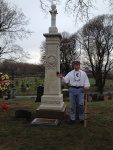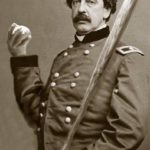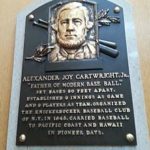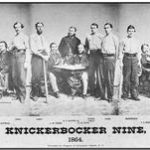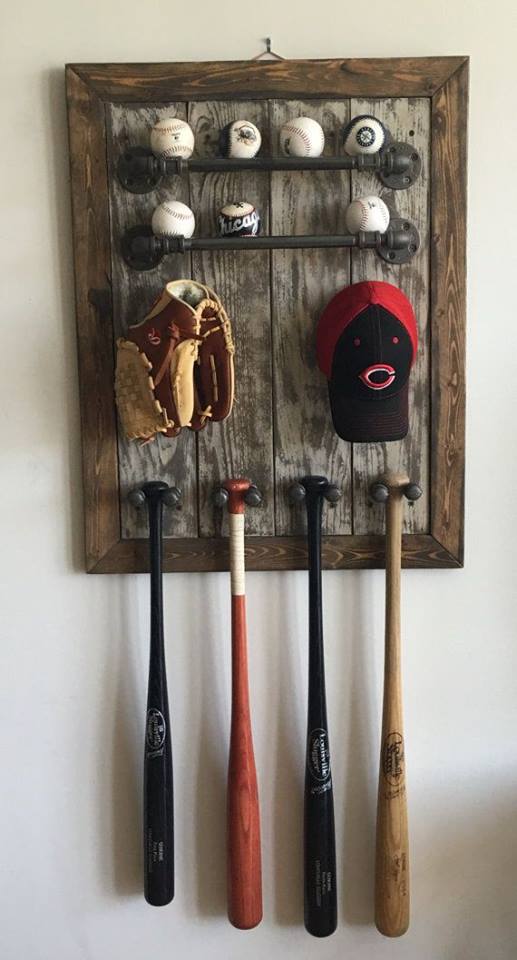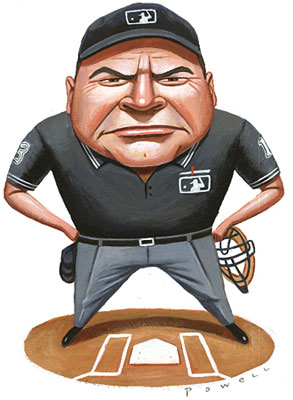(2/14/18) The Big Ten comes from a cold climate area of the country and therefore doesn’t get many teams into the Field of 64 in most years. It is those from the South, Southeast and West that get in. Today, we look at the Big Ten and what each team brings to the field. This review will be brought to you in alphabetical order but Indiana and Maryland are the two favorites in the Big Ten. In 2017, this conference got five teams into the tournament but none of them made it out of regionals.
Illinois– The Illini was 23 games last year but really struggled in conference contests by winning 9 games and losing 15. Tow of the best bats return and second baseman Michael Massey brings in his .330 average and 6 homers along with 36 runs batted in. Jack Yalowitz, the right fielder, led the squad with 12 home runs, 44 runs batted in and a .335 batting average along with 10 stolen bases. The Illini will be counting on them to keep it going.
The pitching staff gets a bit more seasoning as Joey Gerber returns after tossing 33 innings and fanning 43 with a 4.26 ERA to help him save 8 games. Ty Weber threw over 78 innings and finished with 53 strikeouts and a 5.51 ERA. Look for transfer hurlers Sean Leland and Andy Fisher to help out on the mound. The pitching projects to be the most concern for Illinois and head coach Dan Hartleb.
Indiana– The Hoosiers are the class of the conference this year after a good season in 2017. Lat year they won 34 games and were 14-9-1 in the Big Ten Conference. Coach Chris Lemonis will return 7 starters return from the field with third baseman Li=uke Millers and his 15 doubles, 10 home runs, 52 runs scored and 42 RBI’s leading the return. Matt Lloyd and Logan Sowers combined for 24 homers and 89 runs batted in for Indiana as they come back for 2018.
The entire rotation and bullpen return for Indiana and will be led by Jonathan Stievers and his 57 strikeouts, Pauly Milto with 65 punch outs and Time Herring who sported a 3.91 ERA. Out of the bullpen, Matt Lloyd will return from his solid 2017 season along with Cal Krueger and a 2.82 ERA in 60 innings of work.
Iowa- It was a great season in 2017 for the Hawkeyes as they took the conference championship and won a game at the Houston Regional and defeat the host in one game. They ended with a 39-22 record and were 15-9 in conference play. This season appears to project differently as leading home run hitter as Jake Adams and his 29 bombs have graduated. Leading the new charge will be outfielder Robert Neustrom who drove in 55 runs while hitting .310 and knocking nine bombs. Catcher Tyler Cropley comes back and is possibly the best defensive catcher in the conference who had a solid .260 batting average in 2017. Watch for Ben Norman to add to his outstanding freshman season.
Brady Schaunel has bypassed two MLB draft picks and comes to Iowa from nearby Parkland College (in Illinois). He brings a great fastball to the mound and Coach Rick Heller is excited to get him in the rotation. Also, Nick Allgeyer will get a weekend rotation spot after missing last year with Tommy John surgery. One of the top closers last year returns for Iowa as Zach Daniels returns from a 3.22 ERA and 55 strikeouts.
Maryland– The Terrapins were good last year as they were 38-23 but struggled to beat ranked team as they went 3-8 in those games. The cupboard is far from bare as Outfielder Zach Jancarski is back after hitting .325 a year ago with 50 runs scored, 17 doubles, 3 home runs, 26 RBI and 20 stolen bases. Marty Coses had 46 runs batted in to go along with 45 doubles, 13 homers and a .322 batting average. He returns despite being drafted in the 25th round by the Astros. On the infield, AJ Lee, Will Watson and Nick Dunn come back and freshmen Randy Bednar and Tommy Gardiner look to contribute to the squad.
On the hill, the weekend rotation of Tyler Brohm and Taylor Bloom return to make that a solid 1-2 punch. Ryan Hill and John Murphy close out the staff that come back for 2018.
Michigan– The Wolverines were fantastic during the regular season with 42 wins but flopped miserably in the postseason with two consecutive losses in the conference tourney and then out quickly in the regional. Leading the charge this season is second baseman Ako Thomas with his .354 average last season with 23 stolen bases and 41 runs scored. Also, outfielder Miles Lewis and Jonathan Englemann return to the team. Four of the top six hitters from 2017 are gone and the onus is on the returnees.
Another issue comes from the pitching staff and 43 starts from last year are gone. Alec Rennard is back as he pitched 65 innings with a 4.43 ERA last season along with Jayce Vancena and his five starts. The bullpen will be turned over to and anchored by Tommy Henry who tossed 31 innings last year and fanned 39 batters.
Michigan State– The Spartans started strong last year with a 9-1 record and then fell apart. They finished with 29 wins and didn’t qualify for the Big Ten Tournament. Returning from a fantastic freshman season is outfielder Bryce Kelley. He hit .353 and drove in 21 runs along with 13 stolen bases. Chad Roskelley is back after hitting .324 last year and Royce Ando will man the shortstop spot. Look for freshman Adam Proctor and Bailey Peterson to get plenty of chances to be part of the offense.
Jake Lowery will get a rotation spot after fanning 70 in 51 innings along with Mike Mokma and Riley McCauley on the mound for this young team. Ethan Landon is expected to be a key contributor to the pitching staff as well.
Minnesota– The Gophers won 36 games on the year with 15 in the conference and has a solid season in 2017 with a three seed in the tourney. Luke Pettersen returns after hitting .354 and driving in 30 runs. Micah Coffey, Jordan Kozicky and Toby Hanson return to make their top four batters back for another year.
On the mound, Reggie Mayers, Nolan Burchill, Brett Schulze and Nick Lackney return as starters with Fred Manke and Jackson Rose doing bullpen duty. The Gophers return very little experience and will need some young pitchers to step up in 2018.
Nebraska– The Cornhuskers made the NCAA Tournament last year as they won 16 conference games and 35 overall but went out in two games. The Rays drafted outfielder Scott Schreiber in the 27th round but he will return after hitting .330 on the yar with 15 doubles and 7 home runs. Shortstop Angelo Atlavila drove in 39 runs with 14 doubles and a .316 average and is back for this year. Others to return are Jesse Wilkening, Mojo Hagge and Luis Alvarado for offensive help.
Jake Hohensee went 7-3 last year in 80 innings and sported a 4.39 ERA including 57 strikeouts. The rotation is in need of help and will call on Jake McSteen and Matt Waldron to replace those gone to graduation.
Northwestern– The Wildcats finished under .500 after a 0-7 start. Things got better for them as they made it to the Big Ten Tournament championship only to lose to Iowa. The bats that return look like they will need some work as Alex Erro hit .275, Jack Claeys at .256 and Connor Lind finished at .255. A couple of freshmen, Jack Kelly and David Dunn, will get plenty of looks to break into the lineup in 2018.
On the hill, Hank Christie returns after pitching 83 innings and fanning 53 batters. Josh Levy comes back after 35 innings and Sam Lawrence threw 47 innings and led the team with a 2.85 ERA. Look for freshman Quinn Lavelle to make an impression for Northwestern.
Ohio State– The Buckeyes finished 22-34 and were 8-16 in the conference. The leading hitter that returns will be Dom Canzone. He hit three homers, drove in 26 runs and had a .343 batting average. Things fall down from there with Brady Cherry, Connor Pohl and newcomers Malik Jones, Kobie Foppe and Dillon Dingler being called upon to fill the gap. Three pitchers with experience return for coach Greg Beals with Ryan Feltner, Connor Curlis and Seth Kinsler getting the call.
Penn State– After a dismal 18-37 record, the Nittany Lions will be looking for improvement as Braxton Giavedoni will return from a decent freshman season and Conlin Hughes will continue to hit. Help is needed on the field and at the plate. Not much returns from the pitching staff except Justin Hagenman and Myles Gayman along with Nick Distasio and his 4 saves.
Purdue– The Boilermakers won 29 games and an invite to the Big Ten Tourney only to get ousted in two games. Freshman Ben Nisle will be getting a chance to start in the outfield. Jacson McGowan returns along with Nick Dalesandro, Harry Shipley and sophomore Skyler Hunter. There are a few transfers, Braden Giroux and Nick Everts that will be asked to contribute in 2018.
The top starter, Tanner Andrews comes back after a 4.52 ERA in 83 innings and Gareth Stroh will hope to improve his numbers from last year. Others looking for time with be Ross Learnard, Dalton Parker and freshman Cory Brooks. Look for transfer Ryan Beard to vie for a rotation spot.
Rutgers– Head Coach Joe Litterio is looking for help from a 2017 squad that won only 19 games. Things should improve with the players that are returning. Shortstop Kevin Welsh, centerfielder Jawuan Harris and catcher Nick Matera will be called upon to lead the improvements. Pitchers Serafino Brito, John O’Reilly and Joe Neglia all come back and this will be the strength of the club. Freshman Harry Rutkowski and Eric Heatter will e given chances all season to make the weekend rotation.
================================================================

